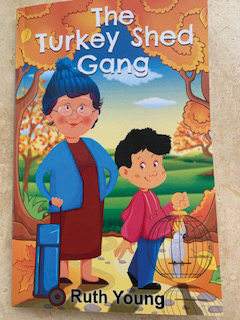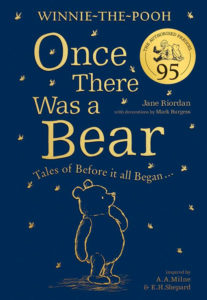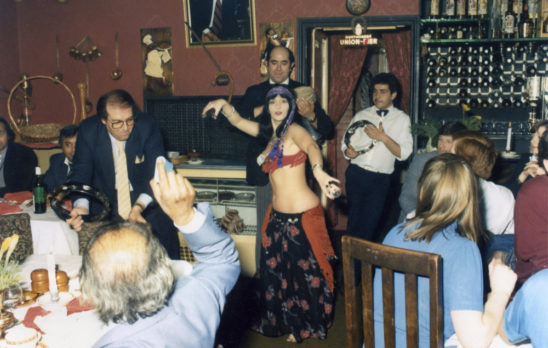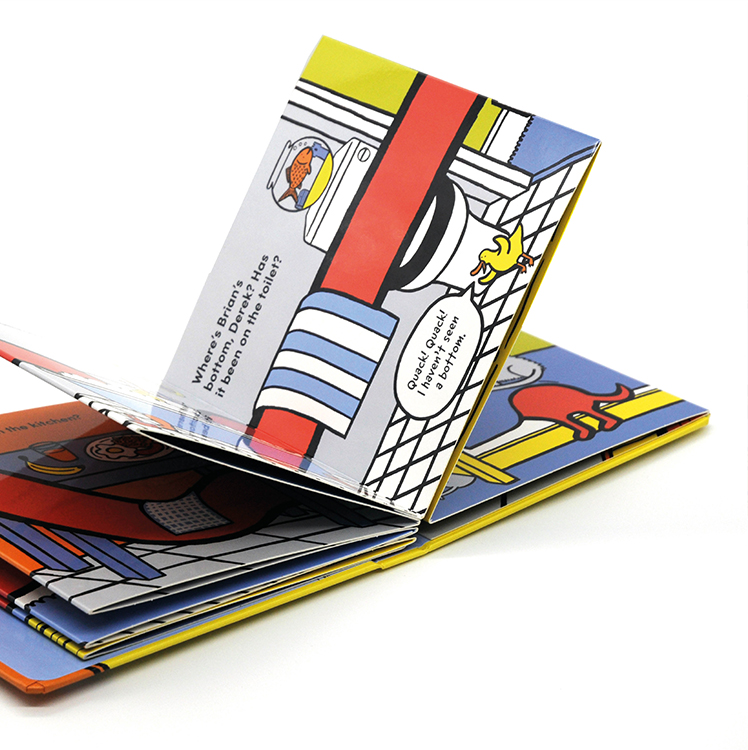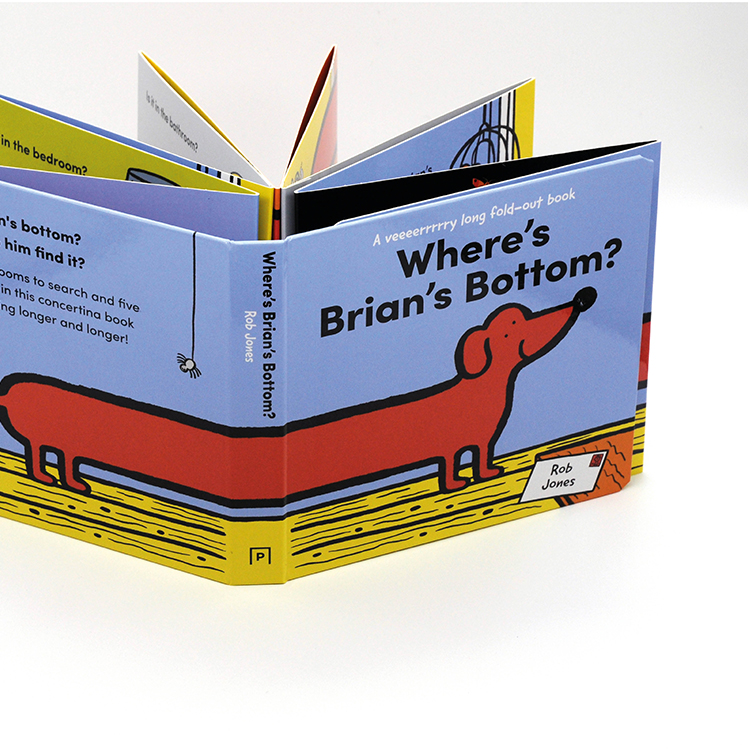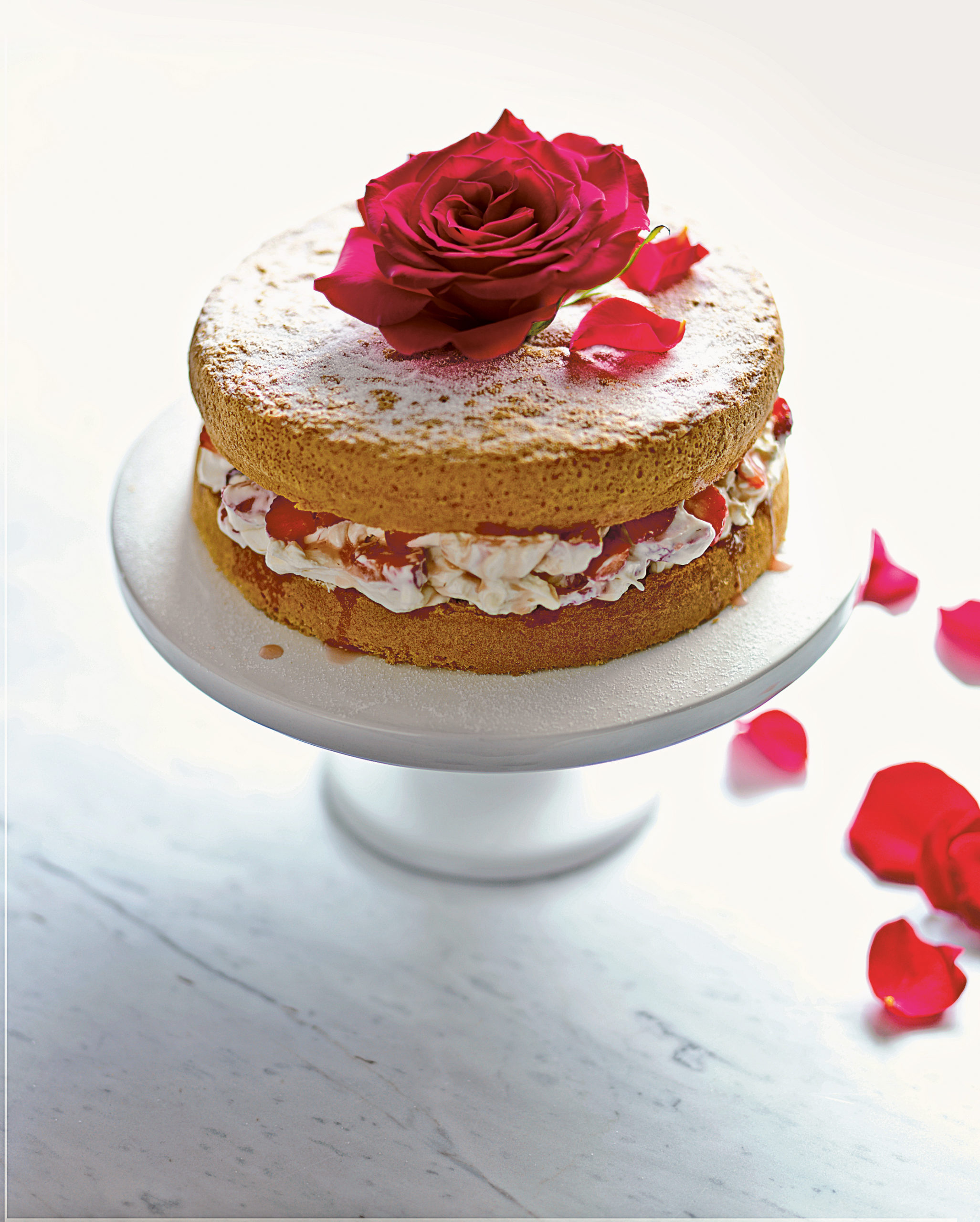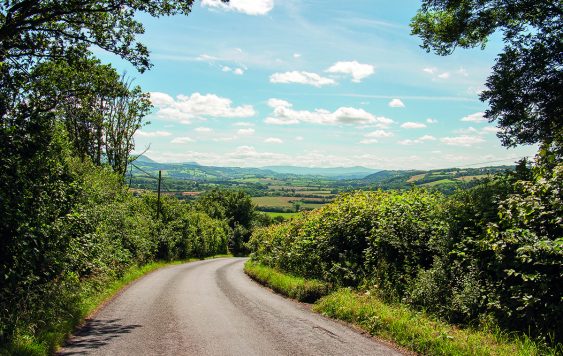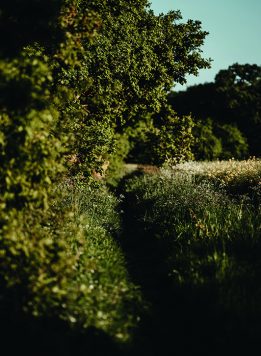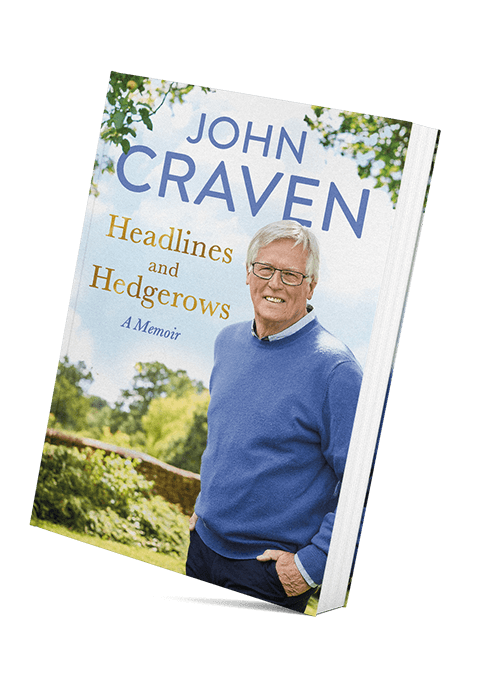David Walliams invites us all to enjoy a new production of his fourth book at Woking’s New Victoria Theatre from July 4th to 6th and tells us about his collaborations with his fellow Little Britain co-creator & star Matt Lucas
Watch a sneak preview of Awful Auntie in our new podcast, Spotlight: A Diary For The South East, out on YouTube now.
Bestselling children’s author David Walliams and the award-winning Birmingham Stage Company have teamed up for a new production of the family adventure Awful Auntie. This is their latest collaboration in a series of shows which includes the Oliver Award-nominated Gangsta Granny and Billionaire Boy.
So how does David feel about Awful Auntie, his fourth book, being translated into a play by this talented lot? He says: “It’s a thrill. They’re the kings of doing family shows and so I’m really lucky I can trust them 100% with it. With this story you have to be very imaginative moving it from the book to stage because it’s a book on a big scale. You’ve got a ghost, you’ve got a killer owl, you’ve got a car chase. The show has to be spectacular, funny and thrilling, and it is.
“Neal [Foster] is a writer, director, actor, and he adapted the book, he’s directed it and he’s starring in it… a very humble man! I’ve realised what an amazing part Aunt Alberta is: a female part played by a man so one day I’d like to play Aunt Alberta, but I can’t commit to a production for practical reasons like being a dad and having to do others things. But I’d like to.”
Speaking of cross dressing, does David have anything in the pipeline with his Little Britain co-star Matt Lucas? “Me and Matt Lucas started our first show in Edinburgh in 1995, nearly 30 years ago. In fact, Matt recently sent me a picture of Jackson’s Lane Community Centre which was our very first gig and he said ‘wow 29 years ago’. That’s how long we’ve been in each other’s lives! We did a show in Edinburgh and we took it on a small show of art centres and little theatres. That was quite exciting and then we did a Little Britain tour which was on a much bigger scale.
“Me and Matt are working on a brand new show together with brand new characters. So that’s exciting because as much as I love writing on my own books, it’s very rare that it’s collaborators writing the same story together. I’m working on a cartoon series of Gangsta Granny and I’m writing a movie screenplay of Slime for Nickelodeon. We have a few other bits and pieces in development, a film of Fing from one of my books so there’s loads of activities that flow from the books that’s more than just writing the books. So, there’s lots to do, we’re working on a Gangsta Granny musical, all kinds of things. That’s one of the incredible things about writing books, the book is not the end! Can it be a play? Can it be a TV series? Can it be a movie? A Gangsta Granny theme park ride?!”
“Me and Matt are working on a brand new show together with brand new characters.”
“Normally when I’m writing I’m thinking about them as films. Something I learnt from reading Roald Dahl was that if you can make your villains equally funny and scary then you probably are on the right path. In Awful Auntie there’s a giant owl called Wagner who can fly after Stella the heroine and pick her up and fly off with her as if she is a bit of prey. It’s fun to come up with things that are pretty surreal and still scary but within safe boundaries.”
David says he’s inspired by his son who often comes up with ideas when they’re at park… “Sometimes he gives me great ideas – he gave me the title and the idea for Mega Monster, which came out a few years ago, but the problem is he does want 50% of the royalties!”
You can catch Awful Auntie, which is adapted and directed by Neal Foster, (assistant director/movement director Richard J Hinds, designer Jackie Trousdale, lighting by Jason Taylor, sound by Nick Sagar and the music by Jak Poore) on the following dates in the South East:
4th-6th July at New Victoria Theatre, Woking
25th to 27th July at Everyman Theatre, Cheltenham
19th to 22nd September Waterside Theatre, Aylesbury
31st October to 2nd November at Milton Keynes Theatre
7th to 10th November at New Wimbledon Theatre
Tickets are available from the theatre box office and via Birminghamstage.com









